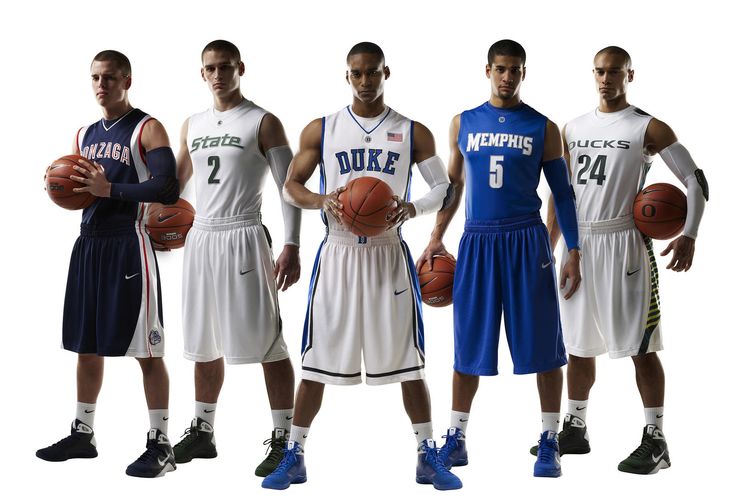Home »
Misc »
How to stand out in basketball tryouts
How to stand out in basketball tryouts
11 Tips for Basketball Tryouts (How to Stand Out and Get Selected)
The first day of basketball tryouts can be a nerve-wracking experience for players.
No matter how long you've been playing or how many tryouts you've attended, everyone gets those little butterflies in their stomach before walking into the gym.
Today, I'll try to calm your nerves a bit...
Below I've listed several things you can do to prepare for basketball tryouts.
Whether you’re a freshman trying to make your high school team, a youth player attempting to earn a spot on a travel team, or an athlete hoping to make an impression on an AAU coach...
The 11 tryout tips below can help you.
11 Basketball Tryouts Tips:1. Arrive in Fantastic ShapePossibly the single best thing you can do to improve your odds of getting selected is making sure your body is in good condition BEFORE tryouts begin.![]()
Basketball tryouts always involve A LOT of running or transition play.
Some coaches even seek to find out which players can fight through fatigue.
You want to be able to focus on playing your best, not simply surviving the tryout.
If you arrive in peak shape, you'll have a big advantage over many of your peers.
2. Trust Your PreparationIt’s easy to feel nervous due to the stress of the tryout.
Try to fight off these nerves by trusting yourself and the work you have already done!
Preparation equals confidence.
Think about it…
If you have spent countless hours developing your shot, improving your ball handling, studying the game, and practicing against good competition, why wouldn’t you feel confident?
You deserve to make the team!
All you have to do is go out and prove it.
3. Arrive Early and Get to WorkIn many areas of life, it’s possible to make a good impression by simply showing up early.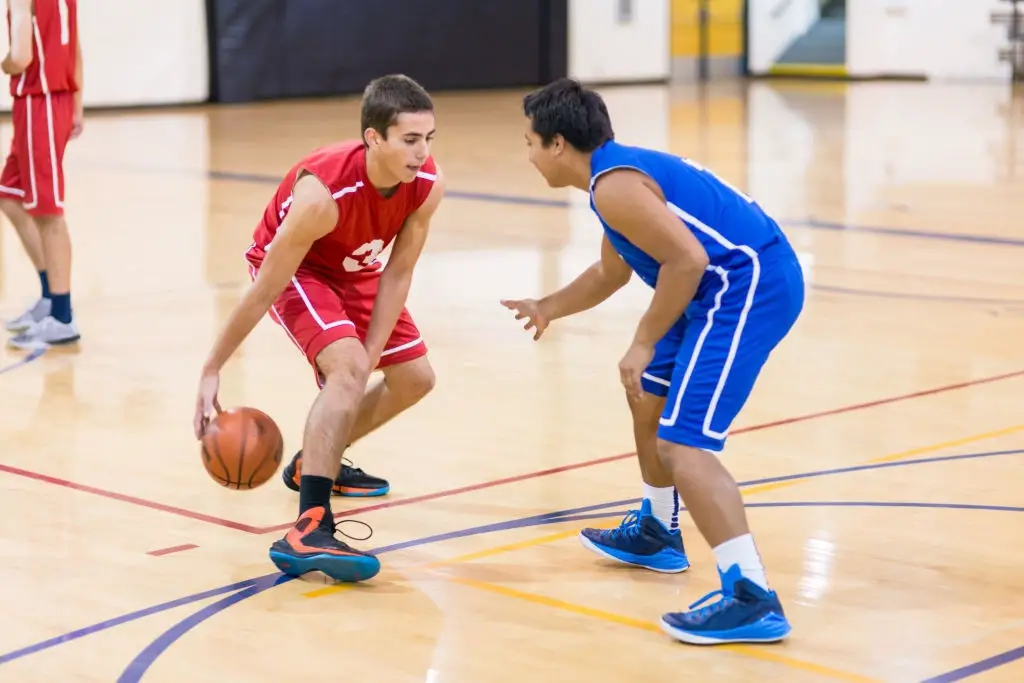
(this is one of the many life lessons basketball will teach)
If your tryout is right after school, get ready quickly and get out to the court.
If your tryout is in the evening, ask your parents to can get you there well ahead of the start time.
While this probably won’t be the make or break factor on who makes the team, it gives you a chance to show the coaches you’re serious about making the team.
If you don’t already know the coach, make a point to introduce yourself to him or her.
When you take the court, begin working on your game immediately.
Coaches don’t want to see players messing around and shooting half court shots before practice.
Begin with form shooting or completing a ball-handling routine.
4. Your Body Language Is ImportantThis is an aspect of the game that players often overlook.
Coaches place a huge premium on body language.
Understand that you're communicating your attitude not only with your words, but also with your eyes, reactions, and facial expressions.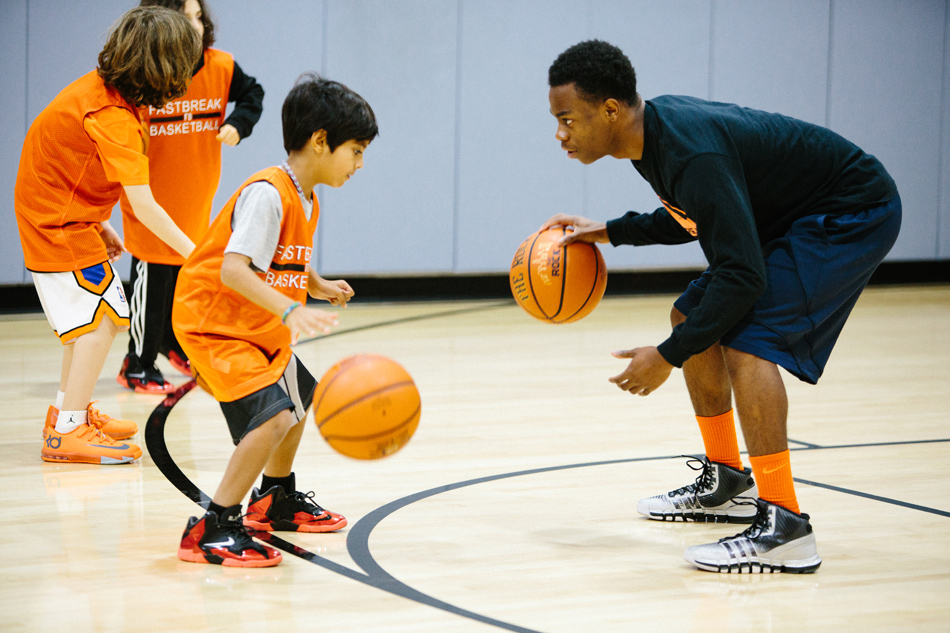
Be sure to make eye contact and nod your head to show understanding.
Don’t pout or stop playing if you miss a shot or think you get fouled.
Your coaches WILL constantly be assessing these things.
If they think you're inattentive or easily rattled / frustrated, it will hurt your chances.
5. Be the Loudest Player in the GymCommunication is huge!
There are several ways to help your team, as well as your own chances of making the final roster, by focusing on communicating well.
First, the defensive end of the floor is a great place to constantly talk.
Does your coach give you specific verbals to use?
Maybe he or she wants you to communicate “BALL,” “GAP,” “DENY” or some other defensive phrases.
If your coach doesn’t specify, simply call out what you are doing throughout each defensive possession:
- “I got your help!”
- “I’ve got the ball!”
- “Force him left!”
A talking defender is usually an engaged defender.
Just as important, you can elevate the environment of the practice by offering reminders and encouragement to your teammates.
Basketball tryouts do pit players against one another as everyone is fighting to make the team...
But coaches want to keep players who are great teammates!
A player who is constantly encouraging those around her will have an advantage over someone who keeps to herself.
Make sure your coaches and teammates hear you!
Finally, you may be asked to learn some new plays, drills, or concepts during the tryout period.
If you don’t understand something, be sure to ask a coach.
This is important for two reasons:
(1) Asking a question to gain clarification is certainly better than messing up the drill.
(2) Asking questions show that you are engaged and that you want to learn more.
6. Get “Teammate Touches”This is another form of communication.
Show support for your teammates by high-fiving and fist bumping as much as possible.
This is a simple way to show leadership and to enhance the practice environment.
Get touches when running to the end of a line or after a teammate makes a good play.
Challenge yourself to get one touch and to make two comments of encouragement each minute of your basketball tryouts (when a coach isn’t talking, of course).
7. Focus on the “Little Things”Boston Celtics head coach Brad Stevens once said:
“When considering the consequences of not doing the little things, you realize there are no little things.”
Coaches understand this, and smart players do as well.
Coaches want players on their team they can trust to do everything possible to help the team win.
Of course you can help yourself in tryouts by knocking down shots…
But everyone has the occasional poor shooting day.
So make sure you aren’t relying on having a good shooting day by finding other ways to make a great impression on the coaches.
- Take a charge
- Communicate loud
- Dive on a loose ball
- Listen with your eyes
- Battle hard for rebounds
8. Play to Your StrengthsThis tip is crucial.
As a player, you must realize what you do AND do not do well.
All players will have strengths and weaknesses.
You’ll make the best impression on the coaches by focusing on what you do well.
For example:
If you’re not a great shooter, it doesn’t make sense to throw up a wild shot every time you touch the ball in hopes of draining a three-pointer.
That’s likely not the best way to show the coaching staff how you will help their team.
On the other hand…
If you excel at rebounding, challenge yourself to be the BEST rebounder in the gym.
(Who would possibly cut the best rebounder on the team?)
Or maybe you’re a quick and savvy defensive player...
Make an effort to pressure your opponent full court and disrupt your man every time he or she has the ball.
By the end of basketball tryouts, make sure the coaches know exactly what you do well.
You’ll have time to improve your areas of weakness throughout the season.
9. Sprint the Floor on Every PossessionTransition is a tremendously important part of the game.
Players who sprint in offensive transition can accumulate easy baskets. And players who run hard in defensive transition can wipe out easy opportunities for the opponent.
Both are crucial to winning games, and both can make an impression on your coaches.
Doing this well comes down to a few factors.
The first goes back to tip number one…
Be in shape!
Next, try to develop a mindset of running hard.
You don’t have to be the quickest player in the gym to run hard.
Players who can read the play and take off immediately in transition have a huge advantage over those who “ball watch”.
Coaches often talk about the importance of the first three steps in the transition game.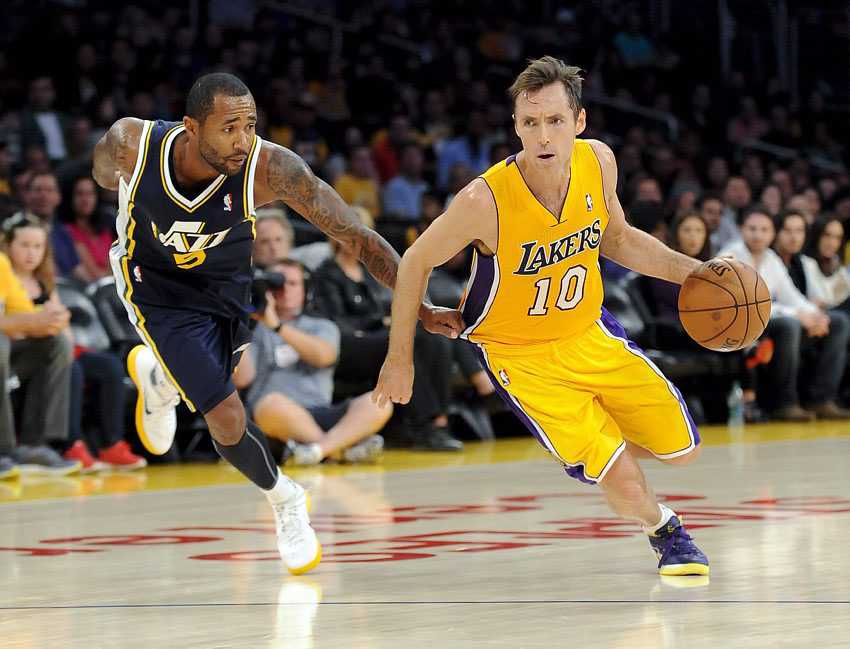
When your team gets a defensive rebound, take off!
If your opponent rebounds the ball, sprint back and be ready to make a play!
Your coaches will notice.
10. Details, Details, DetailsBasketball coaches are inherently detail-oriented.
If a play calls for a player in the corner, they want him all the way in the corner.
If a screen is supposed to be set on the elbow, that’s where it needs to be.
Be sure to listen and do your best to execute the nuances of the game.
You can also show your attention to detail in how you execute the fundamentals.
For example:
Many coaches include a brief form shooting segment in their practice plans.
Don’t simply flip up the ball...
Get your feet set, snap your wrist, and hold your follow through!
Executing these details show that you are focused and trying to do your best.
11. Compete Your Butt OffYour team’s basketball tryout is a competition.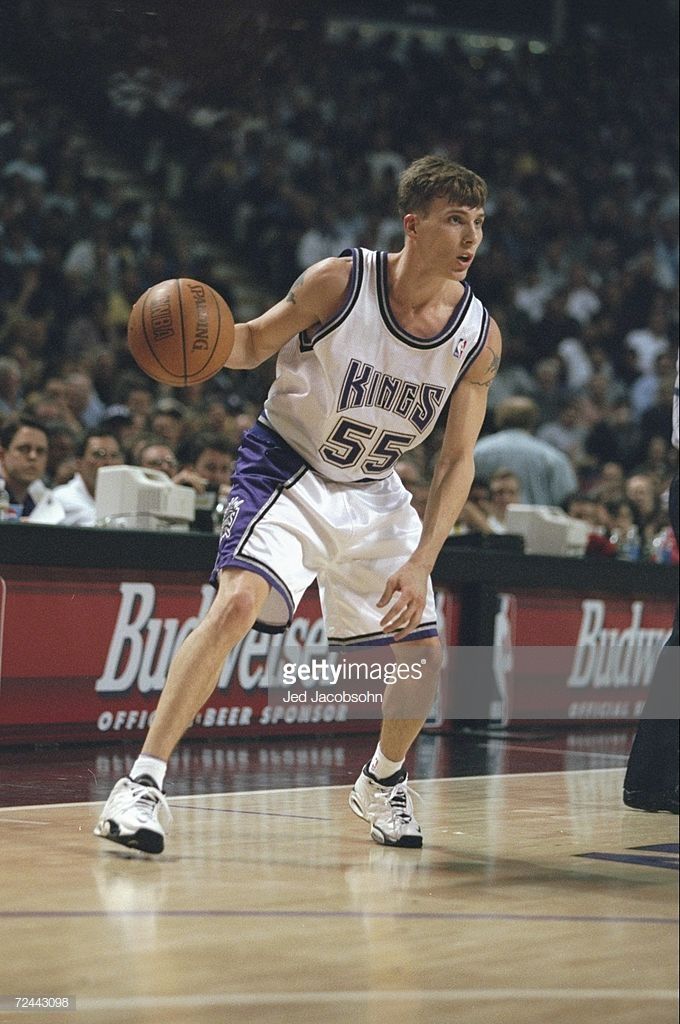
While it’s not productive to get caught up in comparing yourself to other potential players, you do need to be ready to compete hard.
The best way to compete is by simply doing YOUR best in every part of the tryout.
That’s all anyone can expect you to do!
If you play as hard as you can in every drill and scrimmage, you will put yourself in great position to not only make the team, but to excel and have a great season.
Conclusion:Coaches understand that the basketball tryouts process can be stressful for players.
Trust me, it can be stressful for us as well!
Coaches want to see players excel and show how they can help the team.
So relax!
Prepare yourself to the best of your ability, be confident, be a great teammate, focus, and do your best. If you do those things, you are bound to have a successful tryout.
Good luck!
The Secret to Being a Stand-Out at Tryouts
With the fall sports schedule winding down and basketball season about to begin on the youth level, we once again take a look at some of the best ways to stand out from the crowd during basketball tryouts.
Letâs be honest, roster competition is fierce. Coaches and evaluators are always looking for the little things that separate players both on and off the court.
Follow these points below and you might be able to get a leg up on your fellow players.
Be prepared:
Lots of times coaches will request you to do something prior to the first tryout. For example, you might have to fill out and bring in medical forms, wear a certain colored shirt/jersey, or even meet at a location less obvious than the gym (a classroom for a pre-tryout meeting). Take notes of these details because showing up without the proper paperwork, in the wrong shirt, or at the wrong place makes a poor first impression.
Arrive early:
Getting to practice or tryouts early is a great way to show you care, youâre reliable and responsible. If you arrive to the gym early do some warm-ups and fill your time with productive activities rather than being on your phone.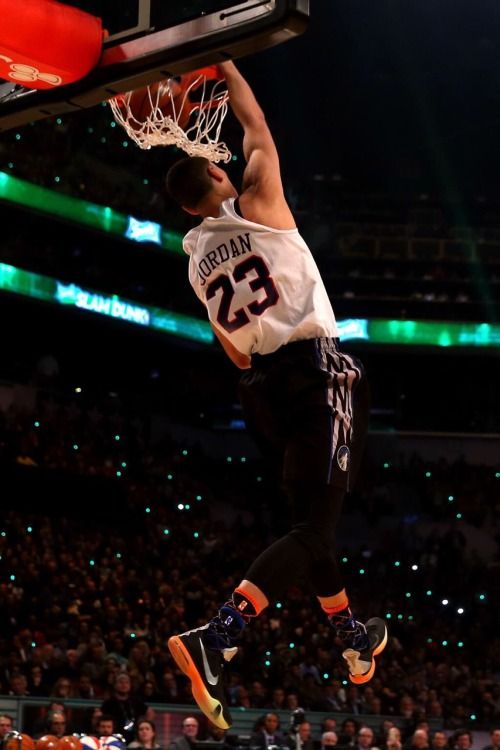 This will go a long way with coaches.
This will go a long way with coaches.
Be in shape:
Coming to tryouts out of shape is one of the worst things you can do. It shows youâre either lazy or donât care enough about the team. Arriving physically prepared will ensure you get as many reps as possible, which can only help your chances.
Do your homework:
Depending on the level of play, coaches might give you a packet of plays or sets for you to go over on your own. Make sure you take some time to go over it because he or she might expect you to be familiar with what to do by the time the next tryout rolls around. The coaches might even ask you to walk through the sets, which would be their way of testing you.
Focus especially on defense:
Most coaches at the youth level stress defensive intensity and effort much more than anything on the offensive end. Defensive drills and rotations are often practiced before any shooting drills. Turn up your energy and communication level on the defensive end of the court and this will almost certainly impress onlookers.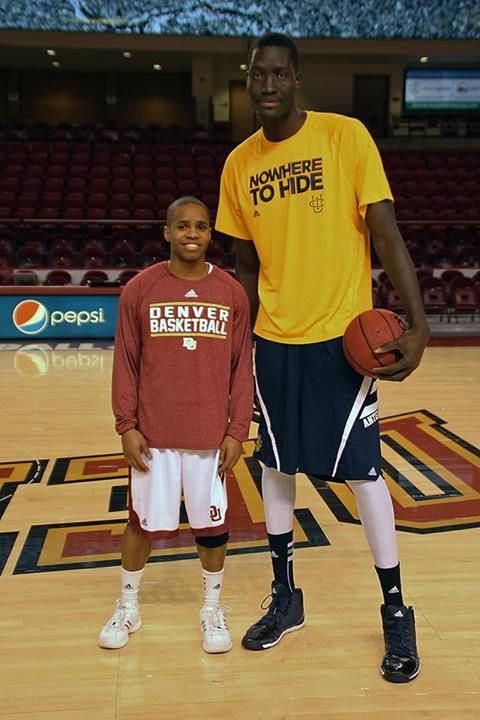
Pay attention/eye contact:
When coaches are talking to the group or giving directions, make sure you make eye contact. Avoid looking down, talking with friends or zoning out. If a coach or leader sees that you are making direct eye contact, they will see that you care and are paying attention.
Communicate on the court:
Calling out screens, communicating for a rebound or even picking up a teammate with positive reinforcement will open eyes. Talking is crucial on the court, especially on the defensive end. This will thrust you into a leadership role and coaches will notice that.
Ask questions:
If you are confused about something or want further clarification on a drill or play, donât hesitate to ask. Coaches will like that you care enough to understand direction rather than just going through the motions and messing up in a drill.
Recover and prepare off the court:
You might be sore and tired after the first few days of tryouts.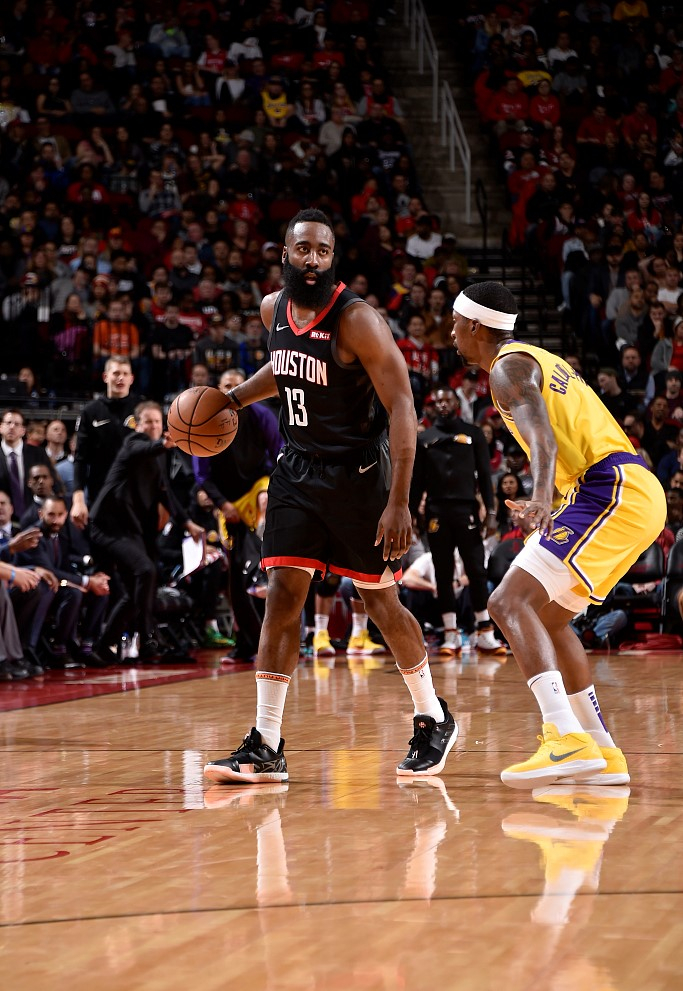 Use some of the time away from the court to stretch, ice and eat well. This will help you recover faster and give you a leg up on some other players who donât do the same.
Use some of the time away from the court to stretch, ice and eat well. This will help you recover faster and give you a leg up on some other players who donât do the same.
Keep these simple steps in mind during the next few weeks when basketball tryouts and practice get underway. Best of luck to all, and let us know how you do! Email us at [email protected] and you might get a player profile article on youth2.com!
x
Youth2’s Recruiting Counselors are on a mission to educate you on the recruiting process - one that's very competitive and starts early. Let us provide guidance through the most important decisions that shape your athlete's journey in sports.
Learn how to become a recruitable student-athlete, find out what colleges you match best with, and get the ability to message college coaches directly with a specialized recruiting package.
Don't wait, schedule a time to speak with a Youth2 Recruiting Counselor. It's FREE! Just fill out the following information and then select a date and time in the form below.
It's FREE! Just fill out the following information and then select a date and time in the form below.
I'm a *
Parent
Student
Athlete Name *
Athlete Email *
Athlete Age *
Sport * - Select -BaseballField HockeyFootballMens BasketballMens DivingMens GolfMens Ice HockeyMens LacrosseMens RowingMens SoccerMens SwimmingMens TennisMens TrackMens VolleyballMens Water PoloSoftballWomens BasketballWomens DivingWomens GolfWomens Ice HockeyWomens LacrosseWomens RowingWomens SoccerWomens SwimmingWomens TennisWomens TrackWomens VolleyballWomens Water PoloWrestling
Graduation Year * - Select -20182019202020212022202320242025202620272028202920302031203220342035
Parent Name *
Parent Phone *
Parent Email *
Zip code *
State * - Select -AlabamaAlaskaArizonaArkansasCaliforniaColoradoConnecticutDelawareDistrict Of ColumbiaFloridaGeorgiaHawaiiIdahoIllinoisIndianaIowaKansasKentuckyLouisianaMaineMarylandMassachusettsMichiganMinnesotaMississippiMissouriMontanaNebraskaNevadaNew HampshireNew JerseyNew MexicoNew YorkNorth CarolinaNorth DakotaOhioOklahomaOregonPennsylvaniaPuerto RicoRhode IslandSouth CarolinaSouth DakotaTennesseeTexasUtahVermontVirginiaWashingtonWest VirginiaWisconsinWyomingAlbertaBritish ColumbiaManitobaNew BrunswickNewfoundland and LabradorNova ScotiaOntarioPrince Edward IslandQuebecSaskatchewanNorthwest TerritoriesNunavutYuko
Yes, please have NCSA email me a FREE recruiting profile!
No thanks.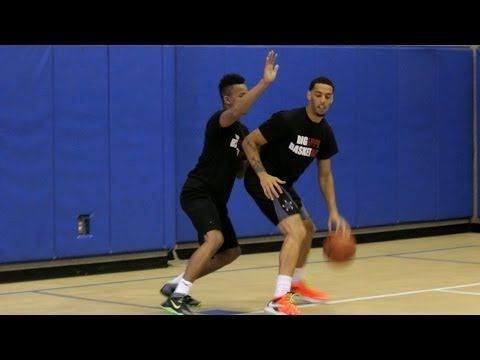
Opted in
What are you looking for help with?
Recruiting Help
Camp/Combine Information
Y1 Membership Benefits
CAPTCHA
This question is for testing whether or not you are a human visitor and to prevent automated spam submissions.
x
Get the latest Youth Basketball news
covering the latest events, top athletes, training and equipment tips, and more.
All
Baseball
Basketball
Football
Hockey
Lacrosse
Soccer
Softball
Tennis
Track
Volleyball
Wrestling
Other
Select sports of interest *
Email *
next page?
Slamdunk Journal :: Basketball techniques
Our phone number is 8-800-500-62-63.
What techniques exist and how they differ
Let's first deal with the definition: playing techniques are skills that a professional player must possess. Sounds simple, but what exactly are the skills in basketball? What should an amateur who wants to improve the performance of his game pay attention to? Let's figure it out.
Sounds simple, but what exactly are the skills in basketball? What should an amateur who wants to improve the performance of his game pay attention to? Let's figure it out.
The main goal in basketball is to successfully hit the ball into the basket, and everything that happens on the court only brings the players to this moment. There are skills that basketball players work out in training to bypass rivals and make a successful shot.
Before we list them, let us remind you that basketball is a team sport, and even the most successful players do not master all the tricks perfectly. With a serious approach to training, you should decide on your position on the site and especially carefully work out the necessary techniques.
So the post must deftly pick up the ball under the hoop and throw it right into the basket. Back row players are highly regarded for their ability to pass and make accurate shots from medium to long distances. And for an attacking basketball player, it is extremely important to be able to make lightning-fast breakthroughs to the ring. All these techniques and skills are practiced in training.
All these techniques and skills are practiced in training.
What are the basic skills?
- Holding the throw. Performed with two hands. Widely spaced fingers hold the ball from both sides. One of the basic skills for any player.
- Catching the ball. Another basic skill that no basketball player can do without. But are you sure you know how to do it right?!
The easiest way to catch the ball is at chin level. To do this, you need to take a small step forward and stretch your arms towards the ball with widely spread fingers - a “funnel”. In this case, the thumbs should be directed towards each other and brought together up to 3-5 centimeters. This will save you from slipping and hitting the ball in the face if you catch it at high speed. At the moment the ball touches the fingers, you need to make a shock-absorbing movement and transfer it to the chest. When catching the ball above the head, the actions are similar, but you need to extinguish the speed of its flight from the top-front, and then transfer it to the chest in an arc.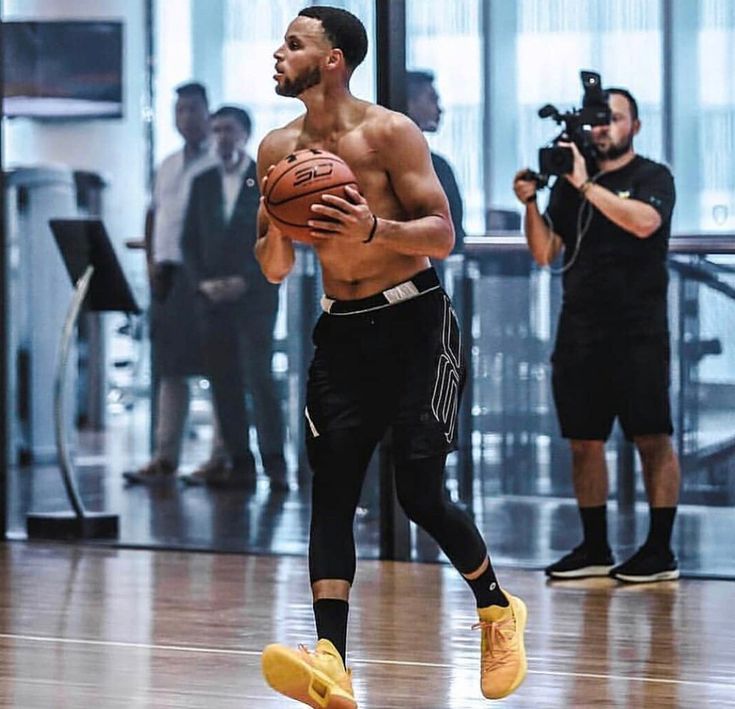
One of the most difficult tricks is catching the ball flying behind. Such a pass is often used to quickly break through to the opponent's ring. For him, without slowing down, make a slight turn of the shoulder and head towards the ball, and then catch it with the far hand and move it to the chest with a raking movement.
Basic passing techniques:
There are several technically correct ways to pass the ball. One of the most basic is a transfer with two hands from the chest. In this position, the ball is most protected from the attacks of opponents, and besides, the transfer from the chest is the most accurate and reliable, regardless of whether it is carried out on the spot or while the player is moving.
- Two-handed downshift is more commonly used after stops and turns. During the swing, the ball is taken to the thigh, after which it is sent to another player with a sharp movement of both hands. Such a transfer is effective for beating especially tall opponents.

- One-handed passes are less accurate and more often used when speed is important. Their development should be given special attention in training in order to achieve maximum strength and accuracy.
- The shoulder pass is used when the ball needs to be passed as far and as fast as possible, and the hook pass, performed in an arcing motion, is good for passing the opponent.
- To get around a nimble and agile opponent, a rebound pass will also be good. It can be done with one or two hands. In this case, the push of the ball must be strong, and the rebound point must be closer to the receiving player.
What about dribbling?
Dribbling is the most basic thing in basketball. What makes this sport different from the rest. Simply put, dribbling is dribbling. It allows the player in possession of the ball, without violating strict basketball rules, to enter a position convenient for attacking, approach the ring and score the ball. The dribbling is carried out by elastic pushes of the ball with the fingers. It is dribbling that should be given special attention in training beginners.
It is dribbling that should be given special attention in training beginners.
Well-developed dribbling technique will teach you not only how to move on the court, but also skillfully take the ball away from your opponents, which will bring you closer to the coveted ring.
But we already wrote about how to properly throw the ball into the ring in our other article;)
Slamdunk.su
Other articles
How to throw the ball correctly in basketball
And what types of throws exist
We look and understand
Why 'The Last Dance' is one of the best shows of the year
Knee exercises
How to strengthen get rid of pain.
Top 7 Best Basketball Movies
What to see during self-isolation
Sports brace
How to avoid strains, dislocations and sprains?
Why are basketballs orange and how are they different
It would seem that it can be difficult to choose a basketball
We continue to work in quarantine
We deliver to your door. We will deliver contactless.
Basketball coaching hacks: how to score goals for beginners
Even if you are a novice basketball player, we will not give you a training plan, but we will tell you why the ball flies anywhere but into the ring and into your hands. It's all about technique: even with regular training and perseverance, novice adults and children often make simple mistakes. It's a shame, let's fix it. Below are 11 life hacks on how to hone your technique to increase the likelihood of a goal for your team.
Basketball Shot Rules for Beginners
1. Hands up
In pursuit of the attacker, raise your hands, even if you are standing with your back to the pass, and even more so if the ring is in front of you. Your raised hands will increase the chance of intercepting the ball from the opponent by 2 times. Don't overlook this little thing!
2. Throw from the shield
Even Tim Duncan did not neglect them! A square is drawn on the basketball backboard.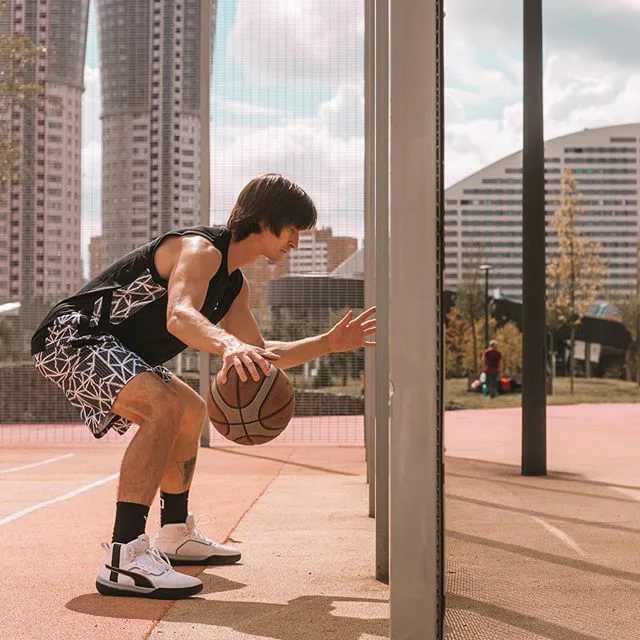 If you are standing opposite the ring, then aim at the middle of the upper part of the square, if you are standing on the side, then at the corner. If you hit this square, then the ball is at 90% of cases will fall into the ring. The law of physics and no cheating!
If you are standing opposite the ring, then aim at the middle of the upper part of the square, if you are standing on the side, then at the corner. If you hit this square, then the ball is at 90% of cases will fall into the ring. The law of physics and no cheating!
3. Look at the ring, not at the ball
Practice driving the ball with your hand, not your eyes, develop tactile control. Your eyes should be on the hoop while dribbling and be aware of the position of your body in relation to the hoop. Then you will be able to take the correct posture, and the throw will be effective.
4. Dribble with your fingertips only
The palm should not touch the ball, only the pads of the fingers. Dribbling should become familiar to you, like an extension of your hand. Then you can change its trajectory at any time and you will have more chances to score goals. Practice with the ball constantly.
5. Throw with one hand
If you throw the ball with two hands, you reduce the chance of hitting the basket.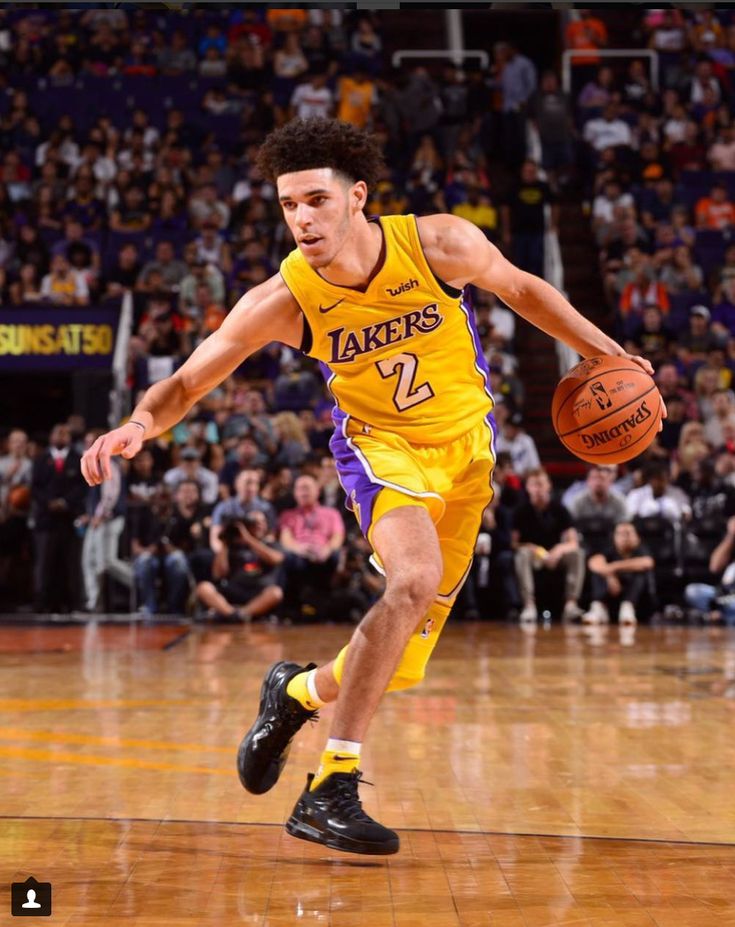 All the efforts of the throw are in one hand (in the right for right-handers, in the left for left-handers). The other hand only holds the ball, the leading one holds it with the fingers, not the palm.
All the efforts of the throw are in one hand (in the right for right-handers, in the left for left-handers). The other hand only holds the ball, the leading one holds it with the fingers, not the palm.
6. Do not jump when protecting the ring
Jumping is the main mistake of rookie defenders. To intercept the ball and block the shot, simply stick out your hands. When you are in a jump, the attacker will easily bypass you.
7. Don't look back
When you dribble, don't look back, but dribble and aim for the ring, focus on shooting (or passing to another player on your team).
8. Bring the throw to automatism
Incorporate the most basic basketball techniques into your training plan and bring the shot to automatism. Throw first from a distance of half a meter from the ring, gradually increasing it. Learn to throw the ball so that it hits the hoop without touching the edge.
Throw the ball with all fives and jump
Throwing Rules:
- Head in the center of the body - if tilted, accuracy is lost.

- Look at the ring: mentally build a trajectory. If you are far away, the ball flies in a curved curve with a maximum height of 2 meters above the hoop.
- A strong hand is in front and throws, a weak hand is on the side and directs, only holding the ball. The elbow of the throwing hand must be in line with the ring.
- The ball must rest on the fingers without touching the palm. The fingers are as far apart as possible and grab the ball.
- Throwing arm bent 90 degrees, forearm perpendicular to the floor. If you bend less, then you get not a throw, but a throwing of the ball horizontally.
The main thing in the throw is the position of the body and its balance. Place your feet apart and parallel to each other: it is important to orient them in the middle of the basket. Then the direction of the body during the jump will coincide with the direction of the throw, and the ball will fly straight into the ring. When the feet are uneven, the ball flies in the wrong direction or does not reach (although the throw was normal).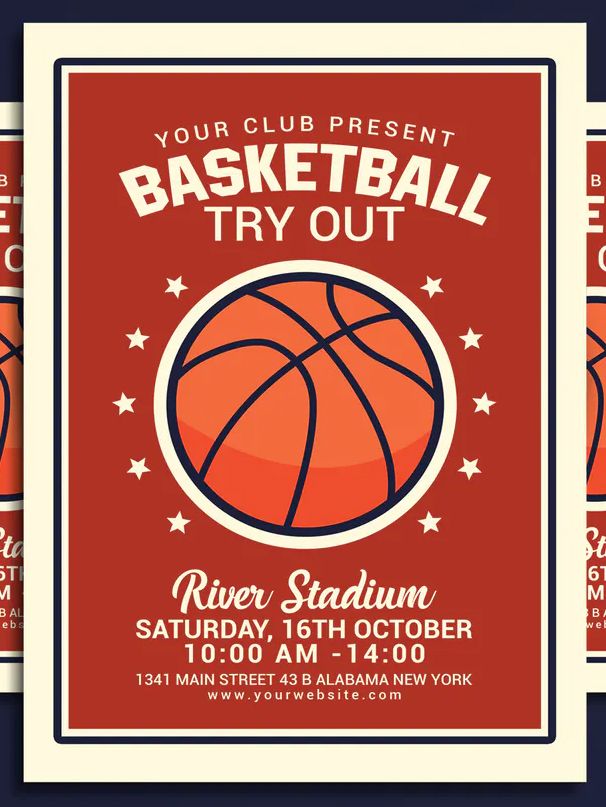
Take a deep breath and release as you exhale.
How to hold the ball and shoot in basketball
How to throw correctly: straighten your arm, point your wrist up, and with your hand set the ball to rotate in the opposite direction from the flight. The ball should seem to "roll" off your fingers.
9. Copy masters and play as a team
Watch professional basketball games and try to copy the movements of your favorite players in training. And be sure to conduct game sparring - this will allow you to develop more techniques.
10. Do not throw in a straight line
The higher the arc of the ball, the greater the chance of a goal and the less chance of blocking by the opponent.
11. Do not throw the ball from a full height stand
This is the biggest newbie mistake!
Before the throw, bend your knees slightly and at the moment of the throw, straighten your body, making a jump. You need to straighten up and push off the ground at the same time.